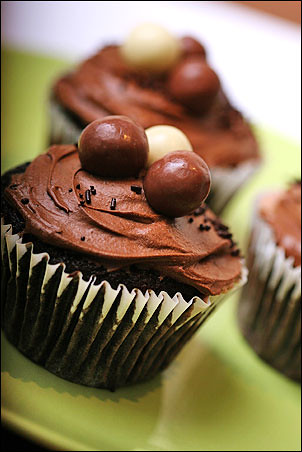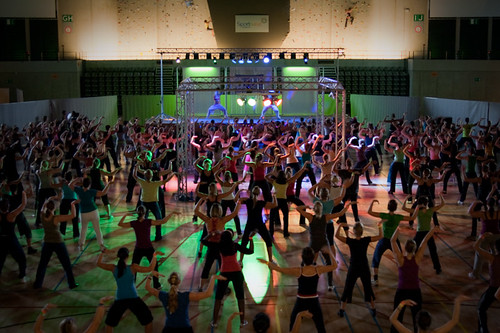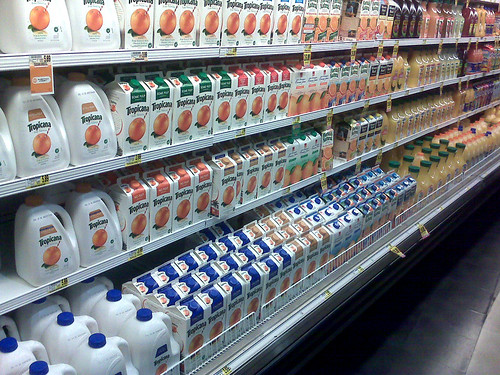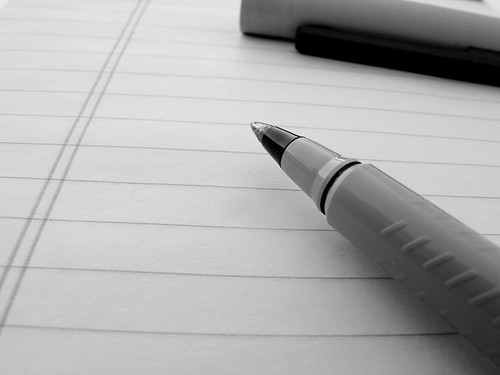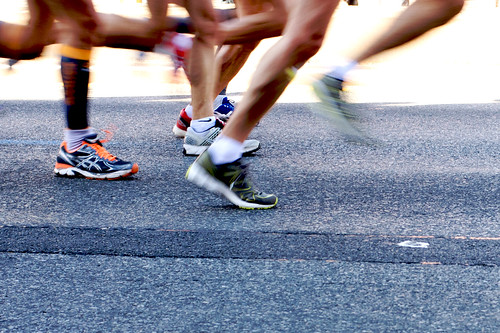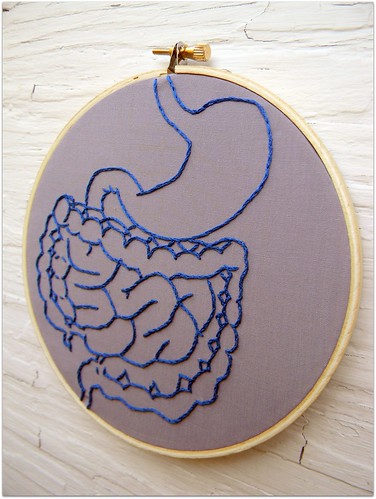 |
| Photo by Marcie Casas on Flickr |
Achieving your weight loss goals can be difficult when it feels like everyone around you is sabotaging your efforts.
Some of the most common things I've heard: "I want to lose weight, but my friends always want to go out drinking," or "I've been working out, but my wife doesn't cook anything healthy," or "I have been eating better but my husband always comes home with junk food." Sound familiar?
There's nothing worse than making strides toward reaching your weight loss goals, only to have your progress stunted by those around you -- mainly family and friends.
The best thing you can do is to tell them what you're trying to do. And ask them to be supportive. Let them know that your goal is really important to you and be specific about how they can help.
That may mean telling your friends that you may not go out to the bars with them as much or if you do, that you'll be drinking water or a mocktail and for them to not give you a hard time about it.
You may have to sit your spouse down and tell them very plainly that bringing junk food into the house or certain meals are ruining your efforts and ask them to respect what you're trying to do and be supportive.
If trying to reach out to your friends and family simply doesn't work -- get online. Find people who share your attitude toward fitness on Facebook or Twitter. There are a lot of fitness and diet professionals who have Facebook pages and Twitter accounts where they share tips and offer support.
Joining a group class or a league is another alternative. Groups are great because everyone is in it together and have similar goals. You start feeling accountable to the group and won't want to miss a session or practice.
Put in a little effort to find support and/or make those around you be supportive, and you're more likely to reach your weight loss goals.

